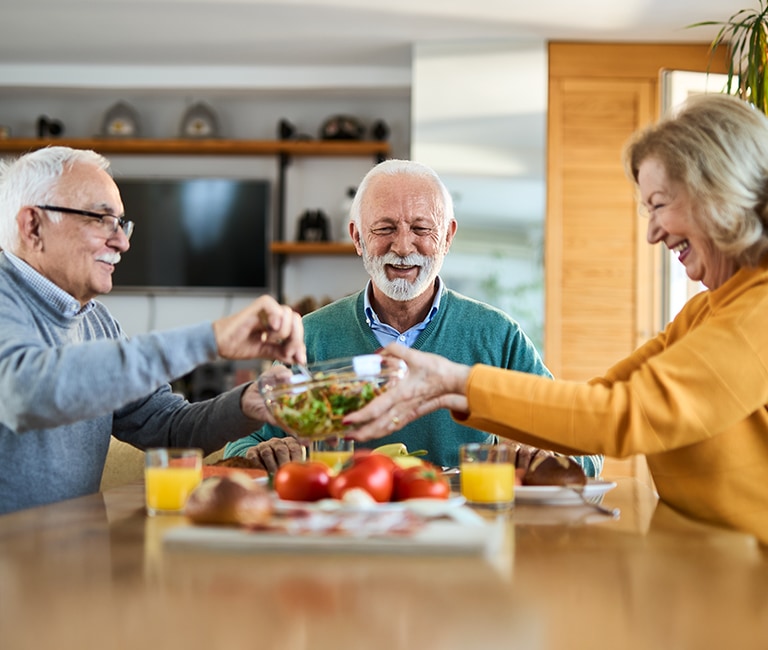Enjoy the Taste of Community
At The McKendree, we believe that great food is the heart of a happy community. Our dining areas in Hermitage are more than just places to eat; they’re warm, inviting spaces where residents share delicious meals, lively conversation, and the simple pleasure of good company. It’s where our renowned Southern hospitality truly shines.
Our Flavorful dining approach is all about crafting meals that are not only nourishing, but also a genuine delight—often featuring those comforting home-style Southern dishes that everyone loves.
Flavorful: Our Secret Ingredient
What’s the recipe for such satisfying dining at The McKendree? It starts with a genuine commitment to quality and a passion for creating food that brings smiles.
Our Hermitage culinary team pours care into every dish, ensuring a delightful balance of familiar favorites and appealing new options. We believe in using fresh ingredients to prepare meals that are both wholesome and wonderfully tasty.

A Peek at What’s Simmering at The McKendree
Imagine starting your day with the comforting aroma of something freshly prepared, setting the perfect tone for what’s ahead.
Midday brings a meal that’s both satisfying and familiar, offering a moment to pause and recharge.
By dinner, you’re treated to a thoughtfully crafted dish, whether you’re in the mood for something hearty or light.
We strive to make every dining experience in our Hermitage community both convenient and exceptionally pleasant.
Our main dining room offers an elegant yet comfortable restaurant-style setting, perfect for enjoying meals and the company of friends and neighbors.
Typically, we serve three delicious and appealing meals each day—breakfast, lunch, and dinner. For those times when you might prefer the comfort of your own suite, room service may be available (please ask our team for details).
Ready to Experience the Flavorful Life at The McKendree?
Take a look at our flavorful dining menu, or contact us today to learn more about what our community has cooking behind the scenes.
Come discover the delicious food, warm hospitality, and friendly atmosphere that make dining at The McKendree a truly special part of life near Nashville.

